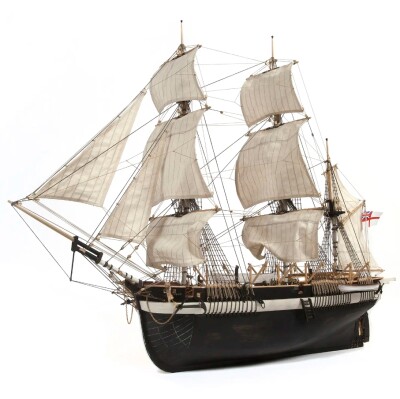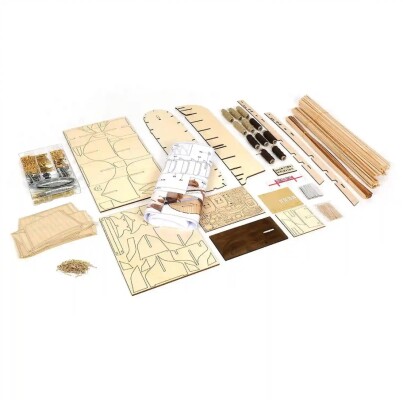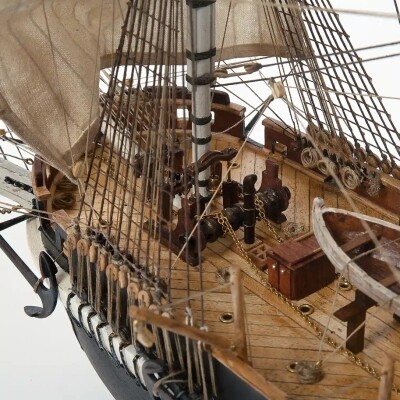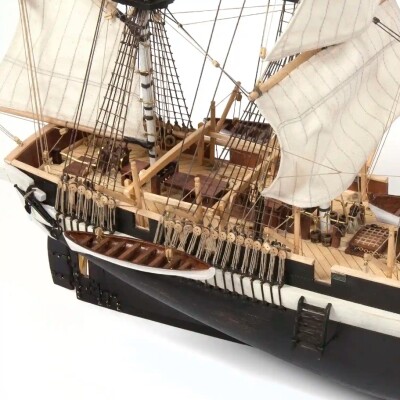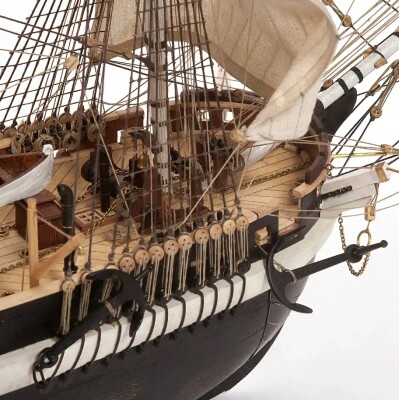Description
Scale wooden model 1/75 Bomber ship "HMS Terror" OcCre 12004 with delivery throughout Ukraine and stores in Kyiv and Odessa.
Glue and paints are not included
Included:
wooden parts,
metal parts,
brass parts,
cotton thread,
photoetching,
cheerleaders,
sail,
scheme for painting the model,
step-by-step instructions.
The difficulty is medium
Model dimensions:
Height - 504 mm
Width - 195 mm
Length - 676 mm
In 1845, under the command of Sir John A. Franklin, the ships "Terror" and "Erebus" set out on an Arctic expedition to pass through the "Northwest Passage", which had already been mapped from the east and west, but no one had yet completed a thoroughfare. passage They were the first ships to be equipped with 20-horsepower steam engines for Arctic navigation, and their hulls were sheathed in iron to increase their resistance to ice binding. They had a sufficient supply of provisions and could stay at sea for 3 years.

